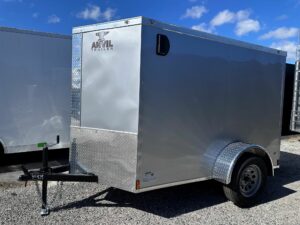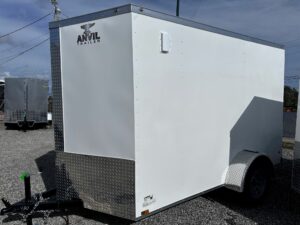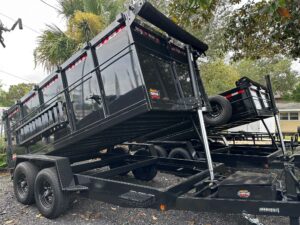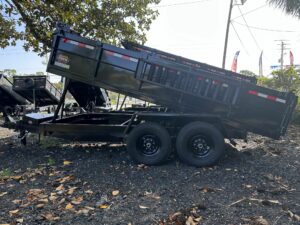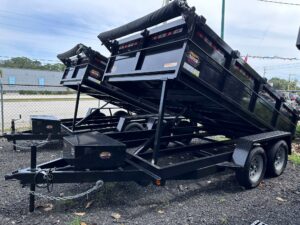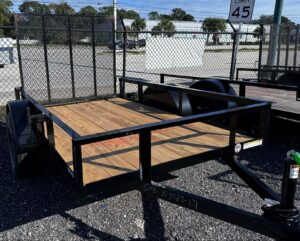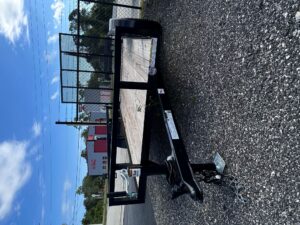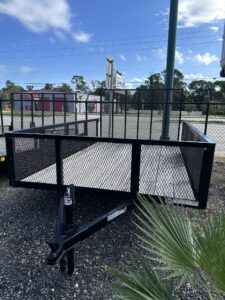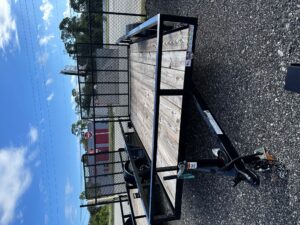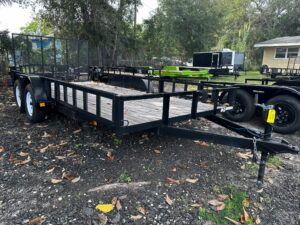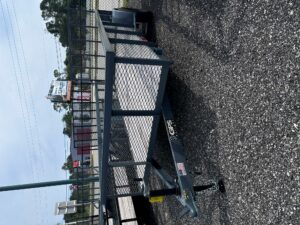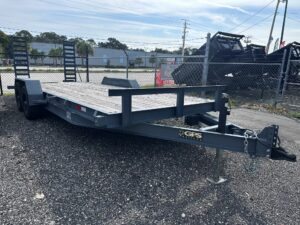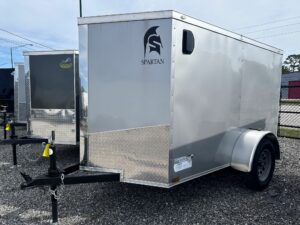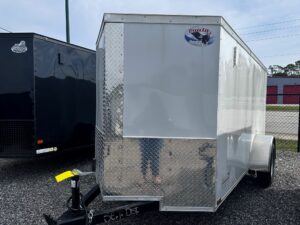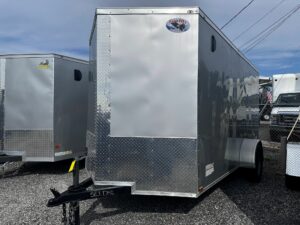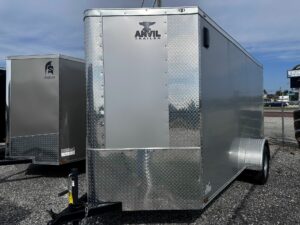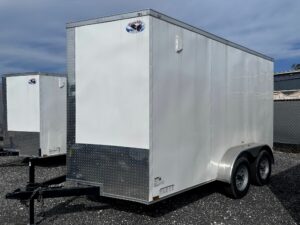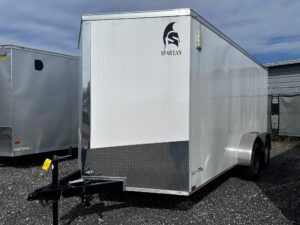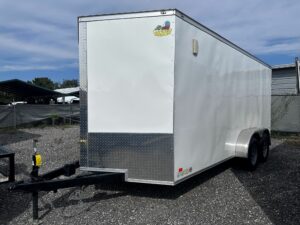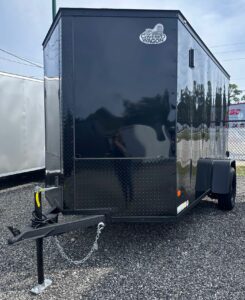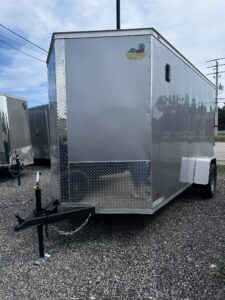Trailer tires, known as Special Trailer (ST) tires, are designed specifically for trailers such as Utility and Cargo Trailers. These tires are distinct from car or light truck tires in several aspects, including their construction, maintenance requirements, and operational guidelines.
Maintenance Essentials
Proper maintenance of trailer tires is crucial to avoid dangerous situations like blowouts or hidden internal damage, which can lead to tire failure. Key maintenance practices include:
- Regularly checking and maintaining the correct inflation pressure.
- Understanding the impact of ambient temperatures and sunlight on tire pressure.
- Ensuring all tires are of the same size to avoid uneven loading.
Handling Tire Failure
In multi-axle trailers, all tires share the load-carrying responsibility. If one tire fails, the adjacent tires may be overloaded, potentially causing further failures. When a tire on one side of a tandem-axle trailer fails, it’s advisable to replace the adjacent tire as well.
Speed Ratings and Adjustments
ST tires are generally speed rated to 65 mph under normal conditions. However, some models, like Goodyear Marathon and Power King Towmax STR, can be used at speeds up to 75 mph by increasing their cold inflation pressure. It’s crucial not to exceed the wheel’s maximum rated pressure.
Key Differences and Safety Tips for Trailer Tires
Trailer tires differ from car tires in their higher load capacity, stiffer sidewalls, higher operating pressures, and lower maximum speed rating. Oxidation is a critical factor in the maintenance of trailer tires, necessitating regular replacement every 3-5 years. Safety tips include checking tire pressure before each trip, using valve stem caps, and storing tires appropriately to protect them from environmental factors.
Source: msn.com; Story by TireReviewsandMore

